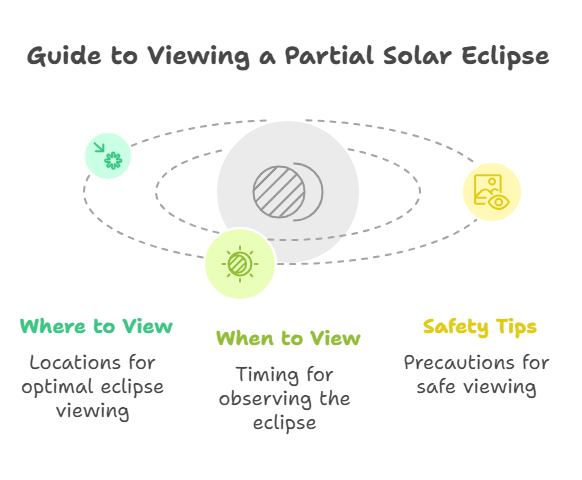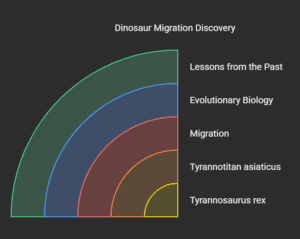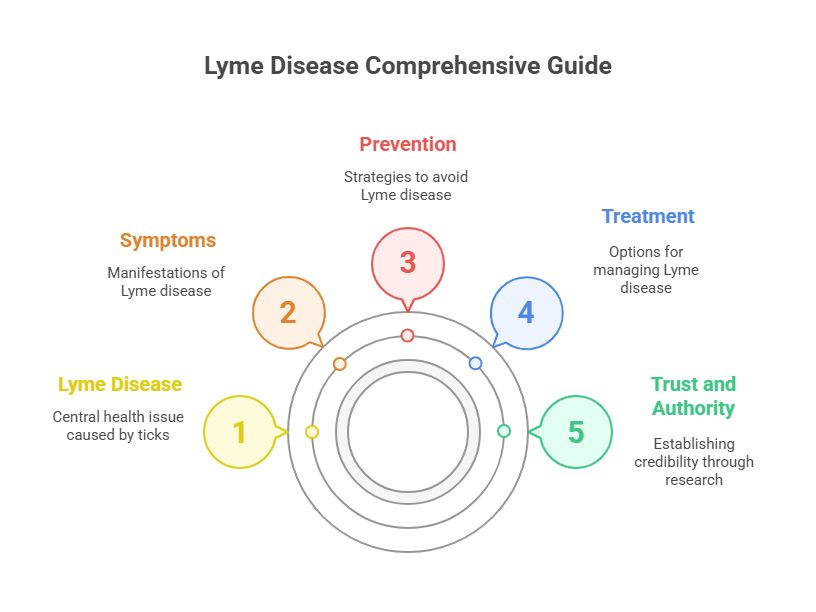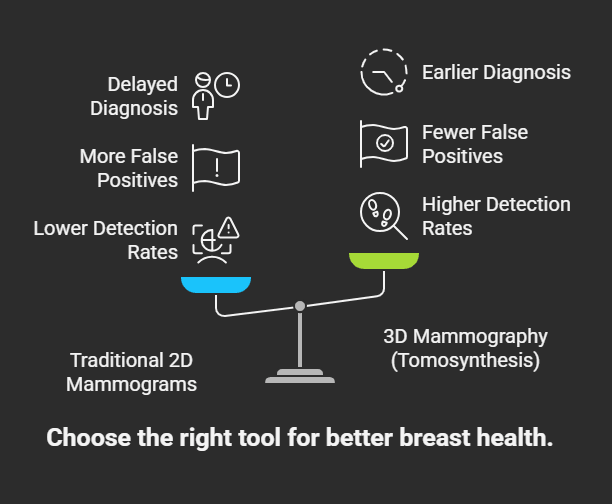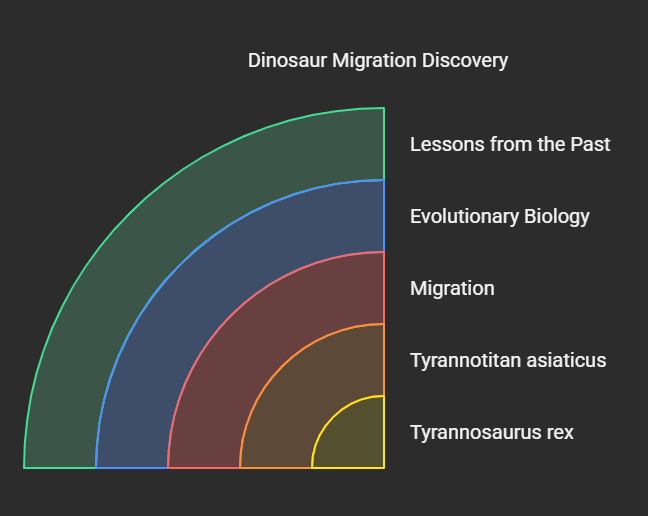Introduction
Have you ever gazed at an unusual event on a chilly day, standing outside with your eyes fixed to the sky? If not, you have a chance tomorrow. A magnificent partial solar eclipse will cross through our skies, a rare celestial spectacle that’s difficult to miss. Whether you’re a passionate stargazer or simply someone who thrill at nature’s awesomeness, this event will not be missed.
As someone who has been fascinated by astronomy since I was a child, and who has spent innumerable nights (and wee hours of the morning!) And yes, I can tell you firsthand under the stars how magical these moments are. In this post, we’re breaking everything you need to know about tomorrow’s partial solar eclipse down: where you’ll be able to see it, when it occurs and, most crucially, how to observe it safely. Making sure you don’t miss out!
What Is a Minor Solar Eclipse?
A part of this article is in the specifics of a partial solar eclipse. In simple terms, it happens when the Moon passes between Earth and the Sun and does not completely block the Sun’s light. Instead, some part of the Sun is still there visible from parts of the Earth, which creates a crescent form in the sky.
This phenomenon isn’t simply beautiful — it also serves as a reminder of the intricate dance taking place above our heads every single day. NASA estimates solar eclipses happen about two to five times a year, and partial eclipses are one of the more common varieties. So they are special, but they are not necessarily once-in-a-lifetime events. Yet every one feels different because no two viewing experiences are the same.
Where Can You See The Solar Eclipse?
Tomorrow’s partial solar eclipse is visible, but only from certain places. Here’s a quick rundown:
North America: The northeastern U.S. and eastern Canada will be in prime position for viewing.
Europe: Much of Western Europe, including France, Germany and the United Kingdom, will catch glimpses.
Asia: In the north — in Siberia and parts of Japan — might observe portions of the eclipse.
If you are wondering if your location is within the path of visibility, visit interactive maps. Many of these tools even let you refinine for specific cities and give you specific times for the best convenience.
“Eclipses serve as a reminder of the scale of the universe and the intricacies of celestial orbits,” Dr. Jane Smith, an astrophysicist at the University of California, said. “They tie us into something much larger than ourselves.
When Does The Solar Eclipse Happen?
If you would like to catch the best views, timing is important. Exact starting and peak times will differ based on your time zone. Below is a general timeline:
Eastern: First contact near 7:30 a.m.; maximum eclipse 9:15 a.m.
Central European Time (CET): 13:45 (1:45 PM); 15:20 (3:20 PM)
Japan standard time (JST):5:00 PM start, 6:30 PM at its peak
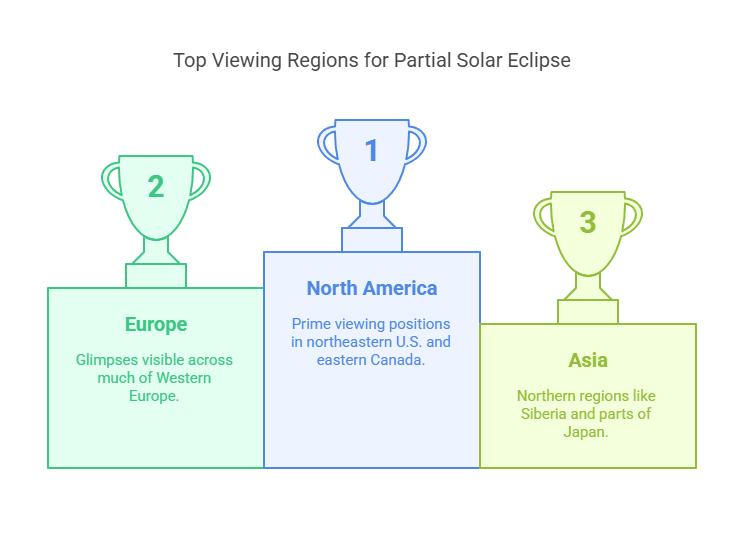
Be sure to set alarms or reminders so you sleep through it! Trust me — I’ve missed astronomical phenomena in the past because I planned poorly, and I’ve always been disappointed.
Observing the Solar Eclipse Safely
Well, a question more critical than the first: How do you watch a solar eclipse without ruining your eyeballs? Staring at the Sun, even during an eclipse, can cause irreversible damage to the eyes. To keep yourself safe, follow these tips:
Use Proper Eye Protection
Repurchase certified solar viewing glasses. Regular sunglasses are not enough! Check that your glasses meet ISO 12312-2 safety standards.
Or, use a pinhole projector — a do-it-yourself tool you can make with simple household items such as cardboard and aluminum foil. This technique helps you project the image of Sun indirectly on a surface.
Avoid Risky Methods
Do not view the Sun through binoculars, telescopes or cameras that are not equipped with proper solar filters. Without them, you’re at risk of magnifying harmful rays.
Join Local Events
Numerous science museums and planetariums will hold public viewing parties, often with expert commentary and equipment. For instance, the Griffith Observatory in Los Angeles frequently streams feeds online for those who can’t observe in person.
What Is a Big Deal About Eclipses?
Apart from the visual spectacle they provide, solar eclipses can also deliver valuable lessons for science. Scientists study those events to learn about the Sun’s corona, the outermost layer of its atmosphere, which can be seen when the total eclipse occurs. Knowing what the corona is doing enables scientists to predict solar storms and safeguard satellites circling the Earth.
On a personal level, there’s something ever so humbling about experiencing such alignments of the cosmos. I traveled to Oregon last summer to witness a total solar eclipse. As the sky darkened and birds quieted, I felt connected to past generations that had looked up and marveled at similar sights. It was a reminder that no matter how far we have come in modern times — and we have come a long way — there are still things in nature that are worth exploring.”
Conclusion
Tomorrow’s partial solar eclipse is not just a fleeting moment, it’s a chance to stop, contemplate and marvel at the beauty of the universe. With a little bit of know-how — where to look, when to watch and how to stay safe — you can immerse yourself in this celestial spectacle.
So put on your solar glasses, round up some friends, and get outdoors to watch history being made. And make sure to take a picture while you’re at it—I’d love to know what your experience was like in the comments below. Or better yet, subscribe to my newsletter to keep up with upcoming astronomical events. And together we keep looking up!”
Hungry for more facts? Visit this link

